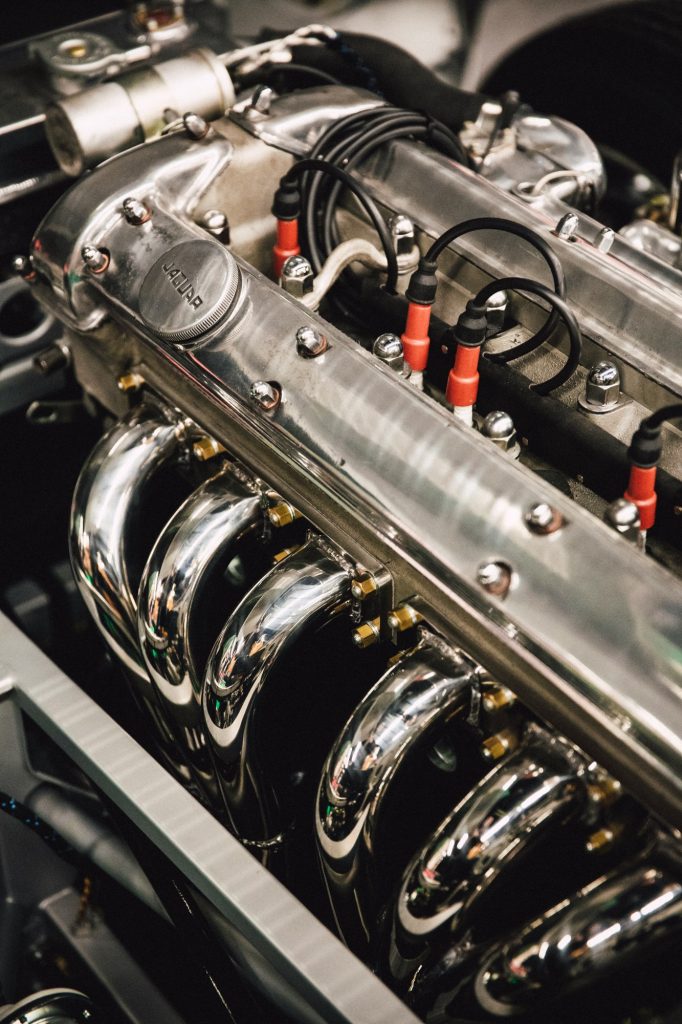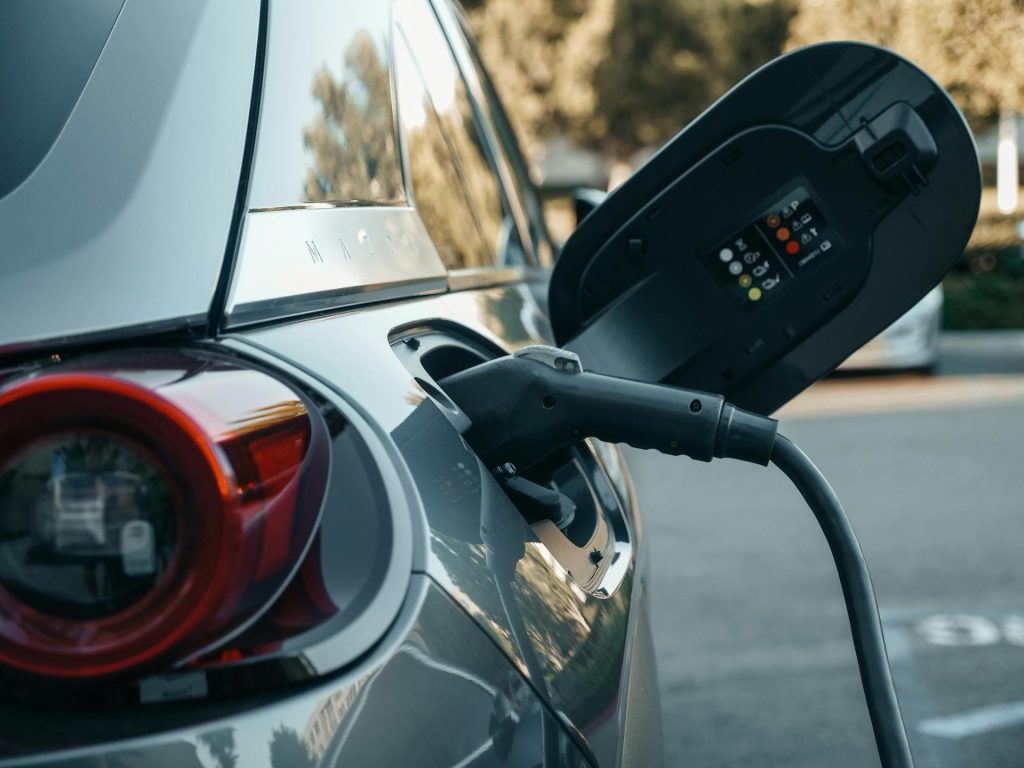The Evolution of Cars: From Classic Models to Modern Innovations

Cars have come a long way since their inception in the late 19th century. They have transformed from simple mechanical contraptions into sophisticated machines that embody cutting-edge technology and design. In this blog, we will explore the evolution of cars, highlighting key milestones, innovations, and trends that have shaped the automotive industry.
The Birth of the Automobile
The journey of the automobile began in 1886 with Karl Benz’s invention of the Benz Patent-Motorwagen, considered the first true automobile. This three-wheeled vehicle was powered by an internal combustion engine, marking a significant departure from horse-drawn carriages. Early cars were a luxury reserved for the wealthy, but as production methods improved, they became more accessible to the general public.
The Ford Model T and Mass Production

One of the most pivotal moments in automotive history was the introduction of the Ford Model T in 1908. Henry Ford revolutionized the industry by implementing assembly line production, drastically reducing manufacturing costs and making cars affordable for the masses. The Model T became a symbol of personal freedom and mobility, enabling millions to own a vehicle for the first time.
The Rise of Innovation
As the 20th century progressed, the automotive industry witnessed numerous innovations. The introduction of electric starters, automatic transmissions, and power steering made driving more convenient and enjoyable. The 1950s and 1960s marked the golden age of American cars, characterized by sleek designs, powerful engines, and the rise of muscle cars. Brands like Chevrolet, Ford, and Pontiac became household names, creating a culture centered around automotive performance and style.

Safety and Environmental Concerns
With the growth of car ownership came the recognition of safety and environmental issues. The 1970s saw the implementation of safety features such as seat belts, airbags, and crash testing. Additionally, the oil crisis led to a surge in demand for fuel-efficient vehicles. Automakers began focusing on producing smaller, more economical cars to meet changing consumer preferences.

The Advent of Technology
In recent years, the automotive industry has experienced a technological revolution. The introduction of advanced driver-assistance systems (ADAS), such as lane-keeping assist, adaptive cruise control, and automatic emergency braking, has enhanced vehicle safety and performance. Moreover, the rise of electric vehicles (EVs) represents a significant shift towards sustainable transportation. Companies like Tesla have led the charge, pushing traditional manufacturers to invest in electric and hybrid technologies.

Future Trends
Looking ahead, the future of cars is poised for further transformation. Autonomous vehicles are on the horizon, promising to change the way we think about transportation. With the development of self-driving technology, cars could become safer and more efficient, reducing traffic congestion and accidents. Additionally, the integration of artificial intelligence and connectivity will create smarter vehicles that can communicate with each other and their surroundings.